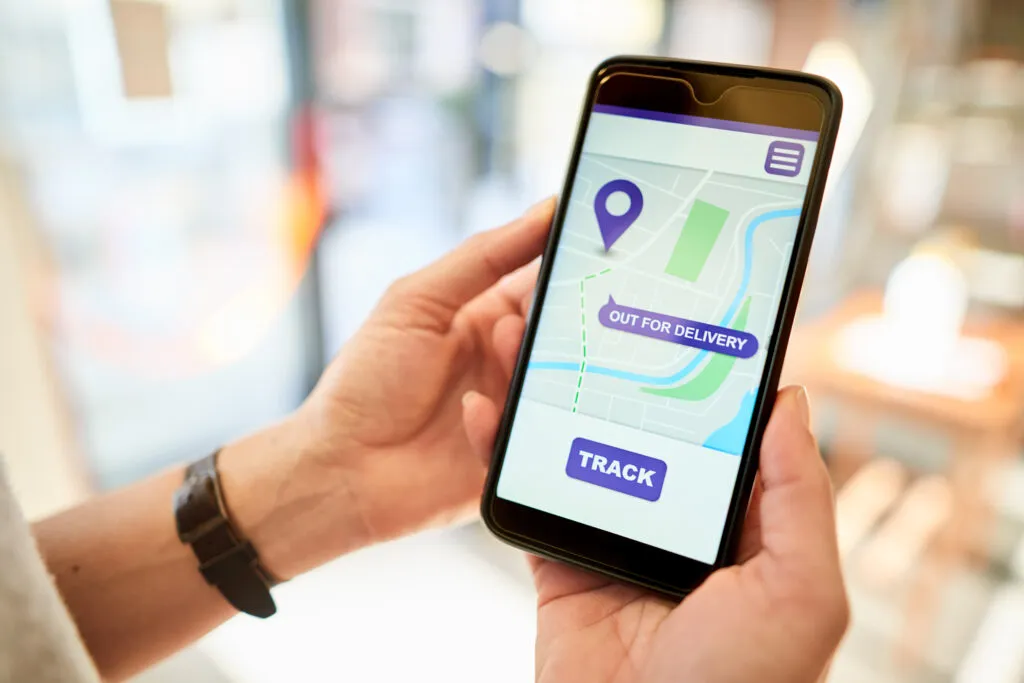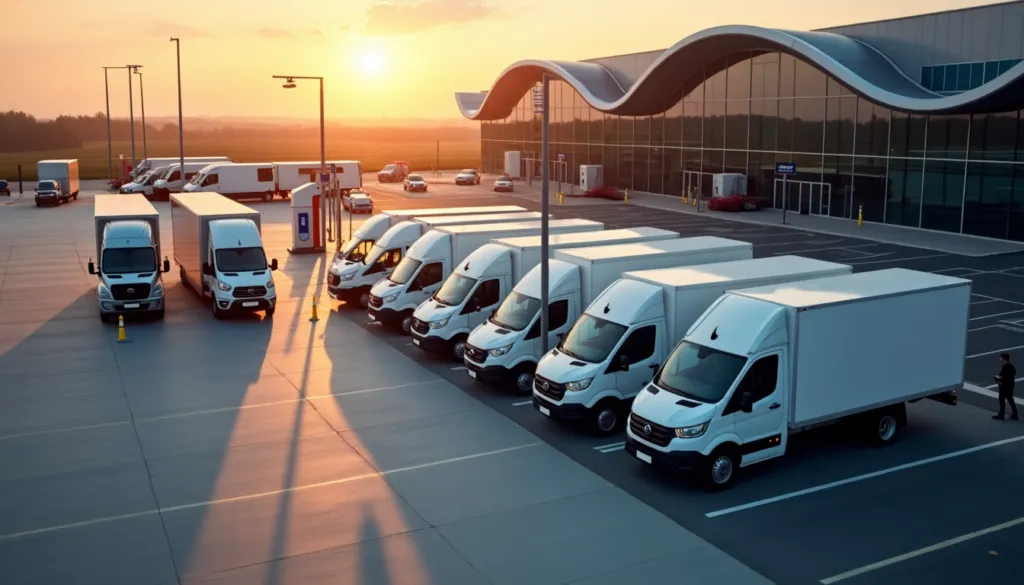
Get home early with RoadWarrior.
Enter your stops, optimize your routes, manage your team – quickly and efficiently.
Try RoadWarrior free for 7 days
Try free for 7 daysIn today’s fast-paced world, restaurants are increasingly turning to food delivery services as a means to expand their revenue streams and reach a wider customer base. With the rise of online food delivery and the convenience it offers, it has become essential for restaurants to choose the right delivery service to meet their specific needs. In this article, we will explore the pros and cons of the top delivery services for restaurants and discuss why some establishments opt to keep delivery in-house.
Why Delivery is a Necessity
Before we delve into the best delivery services for restaurants, let’s first understand why offering delivery is no longer just an option, but a necessity. The online food delivery market has experienced significant growth over the years, and this trend has only been accelerated by the pandemic. In 2021 alone, global online food delivery is projected to generate a staggering $136,431 million in revenue, a number expected to reach $182,327 million by 2024.
The ubiquity of smartphones and technological advancements has made delivery a way of life, particularly for consumers under the age of 40. Research has shown that more than half of the restaurant orders placed by millennials are for delivery or take-out. Therefore, it is evident that delivery is the way of the future, and restaurants that want to thrive must embrace it. The question then becomes not whether your restaurant should offer delivery, but rather how you will go about doing it.
The Pros and Cons of Using a Delivery Service
When it comes to choosing a delivery service for your restaurant, several options are available. Each service has its own advantages and disadvantages, and it’s crucial to evaluate them carefully before making a decision. Let’s now explore four of the most popular delivery services for restaurants and analyze their pros and cons.
1. Uber Eats
Pricing: Uber Eats takes a commission of 15-30% per order, depending on the order type (15% for pickup, 30% for delivery). They also charge a $350 activation fee.
Uber Eats, a subsidiary of the ride-sharing giant Uber, has become one of the leading players in the food delivery market. With Uber Eats, a nearby driver is dispatched to pick up the order from your restaurant and deliver it to the customer. The customer can track their driver’s progress on a map, providing a seamless and transparent experience.
Pros of Using Uber Eats:
- Wide customer base due to Uber’s popularity
- Transparent tracking system for customers
- Access to Uber’s technology and infrastructure
Cons of Using Uber Eats:
- High commission fees and activation fee
- Limited control over the delivery process
- Potential for errors and poor service, which may reflect poorly on your restaurant
2. DoorDash
Pricing: DoorDash offers a 30-day free trial for merchants, after which they typically charge a 30% commission fee.
DoorDash is another major player in the food delivery industry, accounting for a significant market share in the United States. With a wide reach, DoorDash can connect your restaurant with customers in various locations. Additionally, DoorDash incorporates altruism into its business model through Project DASH, which aims to alleviate food waste and hunger.
Pros of Using DoorDash:
- Extensive reach and customer base
- Altruistic initiatives like Project DASH
- Potential for reaching new customers
Cons of Using DoorDash:
- High commission fees
- Limited control over the delivery process
- Potential for errors and poor service, impacting your restaurant’s reputation
3. Postmates
Pricing: Commission rates are negotiated individually upon sign-up, typically ranging from 15% to 30%. Postmates Partners benefit from avoiding credit card processing fees.
Postmates distinguishes itself by offering on-demand delivery not only from restaurants but also from non-restaurant merchants. This flexibility allows customers to order food alongside other items like cigarettes or alcohol. Postmates also offers various options for receiving orders, such as through a point-of-sale system or via phone or tablet.
Pros of Using Postmates:
- Flexibility to offer delivery from non-restaurant merchants
- Avoidance of credit card processing fees
- Multiple options for receiving orders
Cons of Using Postmates:
- Commission rates vary and may be high for some merchants
- Potential for errors and poor service, impacting your restaurant’s reputation
- Limited control over the delivery process
4. GrubHub/Seamless
Pricing: Grubhub charges a 10% commission for delivery and an additional 20% or greater marketing fee for orders placed through their app or website. Additional fees, including a processing fee per transaction, may apply.
Grubhub, which also operates Seamless, is a popular food delivery platform that offers an array of marketing tools and educational resources for restaurants. They provide a complimentary tablet for managing orders and access to promotions, rewards, and loyalty programs.
Pros of Using GrubHub/Seamless:
- Marketing tools and resources for restaurants
- Complimentary tablet for order management
- Access to promotions and loyalty programs
Cons of Using GrubHub/Seamless:
- Commission fees and additional marketing fees
- Potential for errors and poor service, impacting your restaurant’s reputation
- Limited control over the delivery process
Keep Delivery In-house
While using a third-party delivery service may seem convenient, it’s important to consider the drawbacks. Many restaurants find that the costs associated with commission fees and other service charges outweigh the benefits. In such cases, opting for self-delivery can be a viable and cost-effective alternative.
In-house delivery allows you to maintain control over the customer experience while avoiding exorbitant fees. Research indicates that more than 55% of customers prefer ordering directly from a restaurant website. By offering in-house delivery, you can build a positive relationship with your customers and retain their loyalty.
Get Started With In-house Delivery Software for Free
To facilitate the transition to in-house delivery, consider using route optimization software like RoadWarrior. This software provides a comprehensive solution for managing your delivery operations, from optimizing routes to tracking deliveries in real-time. With RoadWarrior, you can streamline your delivery process, reduce costs, and enhance the overall customer experience by also providing electronic Proof of Delivery.
Their customer support team is available 24/7 to assist you with setup and answer any questions you may have. Check out their step-by-step guide on adding delivery services to your restaurant on their blog, along with other valuable resources.
In conclusion, choosing the right delivery service for your restaurant is a crucial decision that can impact your bottom line and overall customer experience. While third-party delivery services offer convenience, they often come with high fees and limited control. Alternatively, opting for in-house delivery allows you to maintain control and build stronger relationships with your customers. Consider using route optimization software like RoadWarrior to streamline your operations and enhance your delivery service.
Remember, the best delivery service for your restaurant ultimately depends on your specific needs and goals. Evaluate the pros and cons of each option carefully, and choose the service that aligns with your restaurant’s vision and values. By making an informed decision, you can ensure the success of your delivery operations and drive growth for your business.


